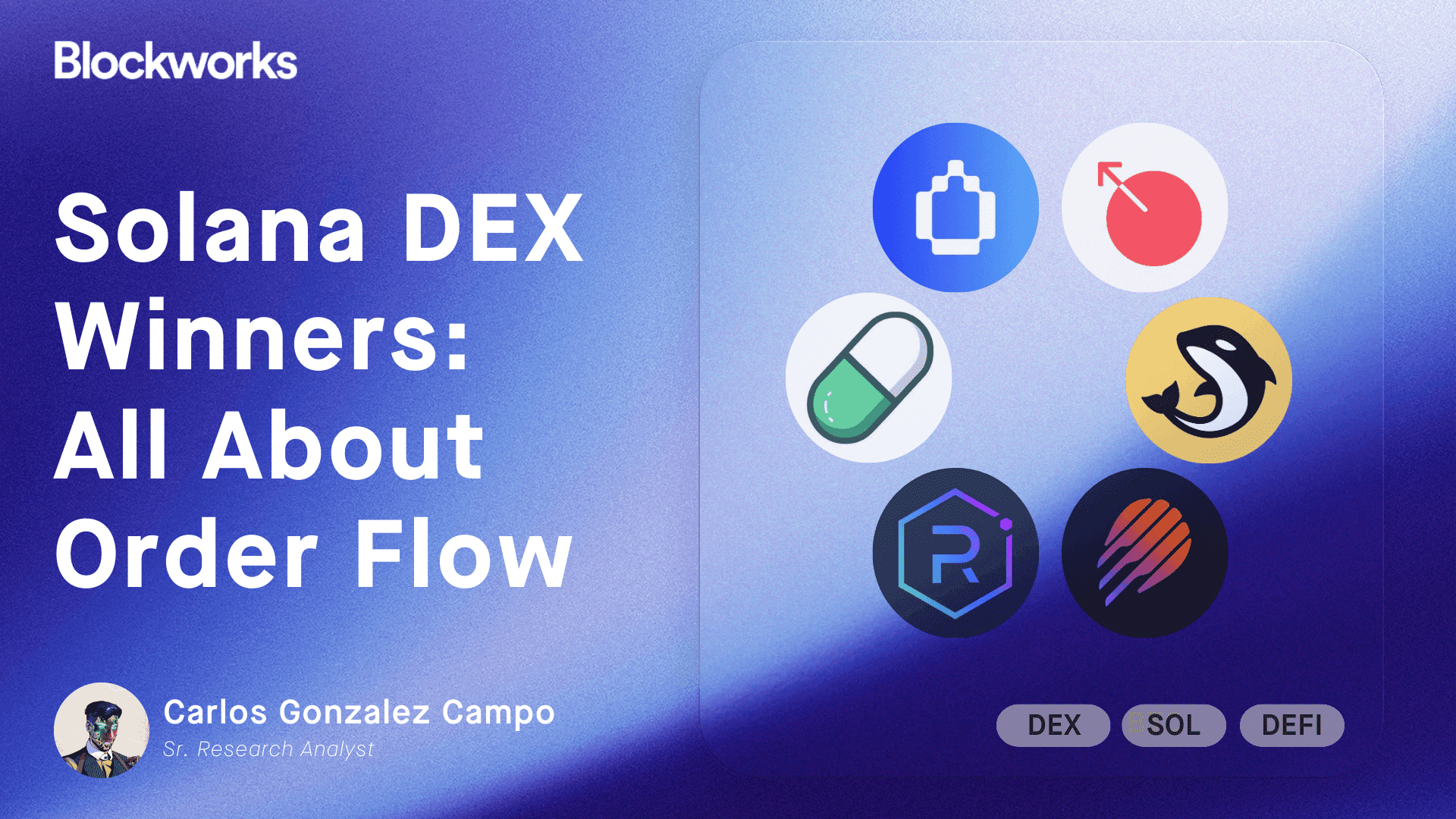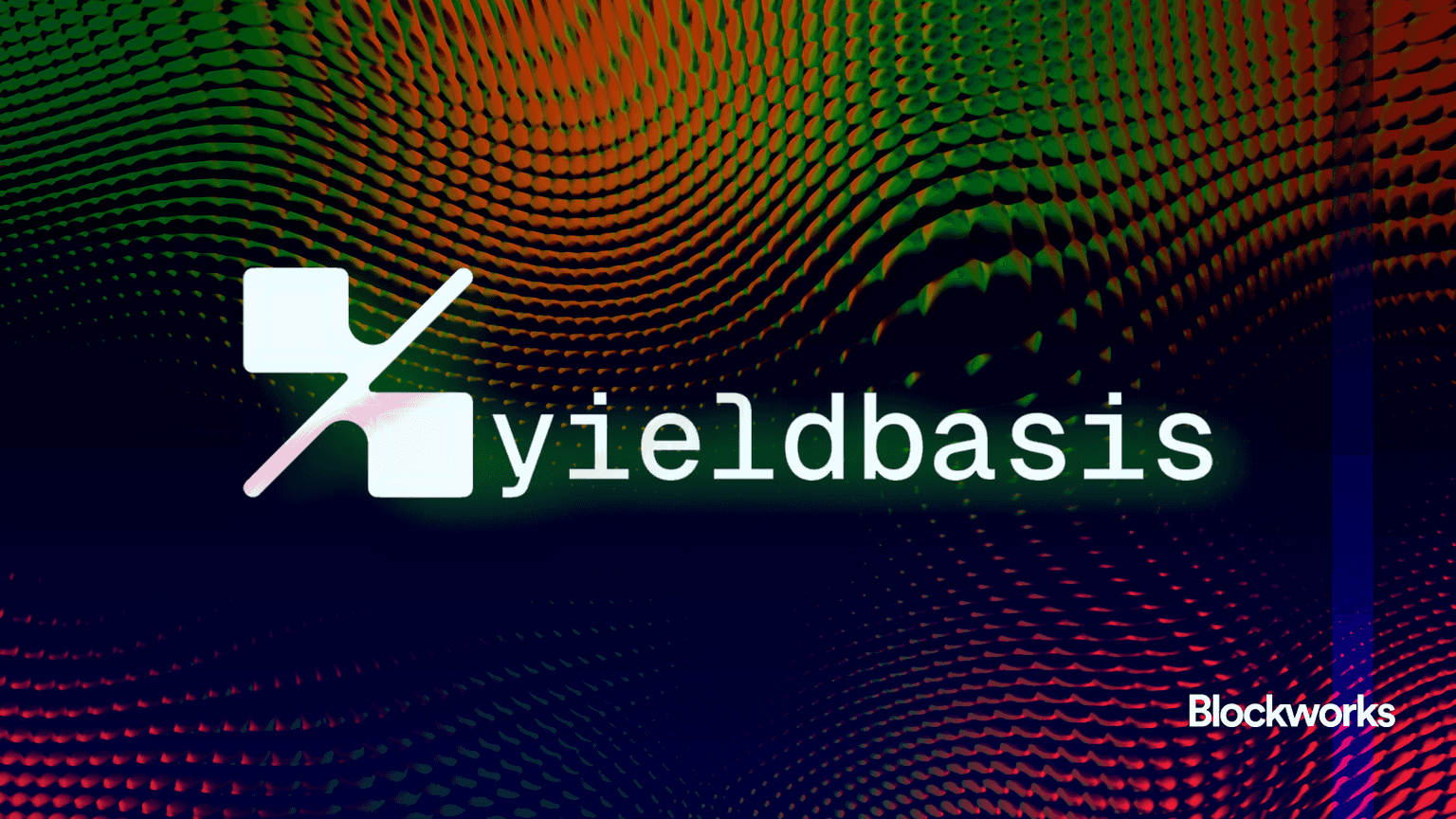Hedera Hashgraph Gets $155M Fund To Drive DeFi Development
The Fund will focus is on increasing the network’s total value locked while providing “key” grants to DeFi developers, the foundation said

Blockworks exclusive art by axel rangel
- The HBAR Foundation said it has launched its fund to drive DeFi innovation on the Hedera Hashgraph network
- Non-custodial liquid staking platform Stader Labs has become one of the first developers to be awarded a grant from the fund
The HBAR Foundation has launched its $155 million Crypto Economy Fund in an effort to drive DeFi development on the Hedera Hashgraph network.
According to a statement on Tuesday, the fund is focused on increasing accessibility into and within the network while furthering the growth of the HBAR Economy.
The foundation is responsible for the development of the Hedera ecosystem by providing grants and other resources. Up to $60 million in grants from the fund are expected to go to decentralized exchanges which may be used as liquidity rewards, per the statement.
Non-custodial liquid staking platform Stader Labs has been awarded an undisclosed sum, among other developers.
Liquid staking enables staked assets to be used as collateral for lending, yield farming and other DeFi (decentralized finance) opportunities while allowing users to continue accruing rewards.
Stader will attempt to create a more “secure” decentralized staking infrastructure that “evolves” the proof-of-stake consensus mechanism, the foundation said.
“Our goal is to bring the DeFi ecosystem to Hedera so that users can benefit from the scale and low-cost,” said HBAR Foundation CEO Shayne Higdon. “This level of cost, performance and scale is critical as more institutions and consumers come to Hedera for issuing tokens, swapping assets, and engaging in the crypto economy.”
Hashgraph utilizes a Directed Acyclic Graph (DAG) structure which the foundation said increases transactional speed and efficiency as more transactions are added to the network. Hedera processes around 2.6 million transactions per day, with transaction finalization times of roughly 5 seconds.
Other protocols using a DAG as their distributed ledger of choice, rather than a blockchain, include IOTA, Nano, and Fantom.
Get the news in your inbox. Explore Blockworks newsletters:
- The Breakdown: Decoding crypto and the markets. Daily.
- 0xResearch: Alpha in your inbox. Think like an analyst.






